Why Your Leftovers Suck (And How to Reheat Food Like a Pro)
Alright, let’s talk about leftovers. After spending decades in professional kitchens, from the chaos of a dinner rush to high-end catering gigs, I’ve seen every food shortcut imaginable. And let’s be honest, the microwave is the undisputed king of them all. It’s fast, it’s easy, but using it wrong can turn a delicious meal into a sad, rubbery mess. Worse yet, it can be a genuine health risk.
In this article
This isn’t just another list of foods you shouldn’t nuke. Instead, think of this as a peek behind the curtain into the ‘why’ of reheating. We’re going to cover why some foods just don’t play nice with a microwave’s intense energy, touching on everything from sneaky bacteria to simple physics. But before we dive in, let’s get the most important stuff out of the way.
My Three Golden Rules of Leftovers:
- Cool It Fast. Don’t let cooked food sit on the counter for hours. The goal is to get it into the fridge within two hours. Any longer, and you’re rolling the dice.
- Your Thermometer is Your Best Friend. The magic number for reheating is 165°F (74°C). This ensures you’re killing off any potential bad guys. An instant-read digital thermometer is the best $15 you can spend on kitchen safety. It’s not a ‘pro’ tool; it’s an ‘I don’t want to get sick’ tool. You can find them at any big box store or online.
- When in Doubt, Throw It Out. Seriously. No plate of leftovers is worth a trip to the emergency room. If it looks, smells, or tastes even a little bit off, just toss it.
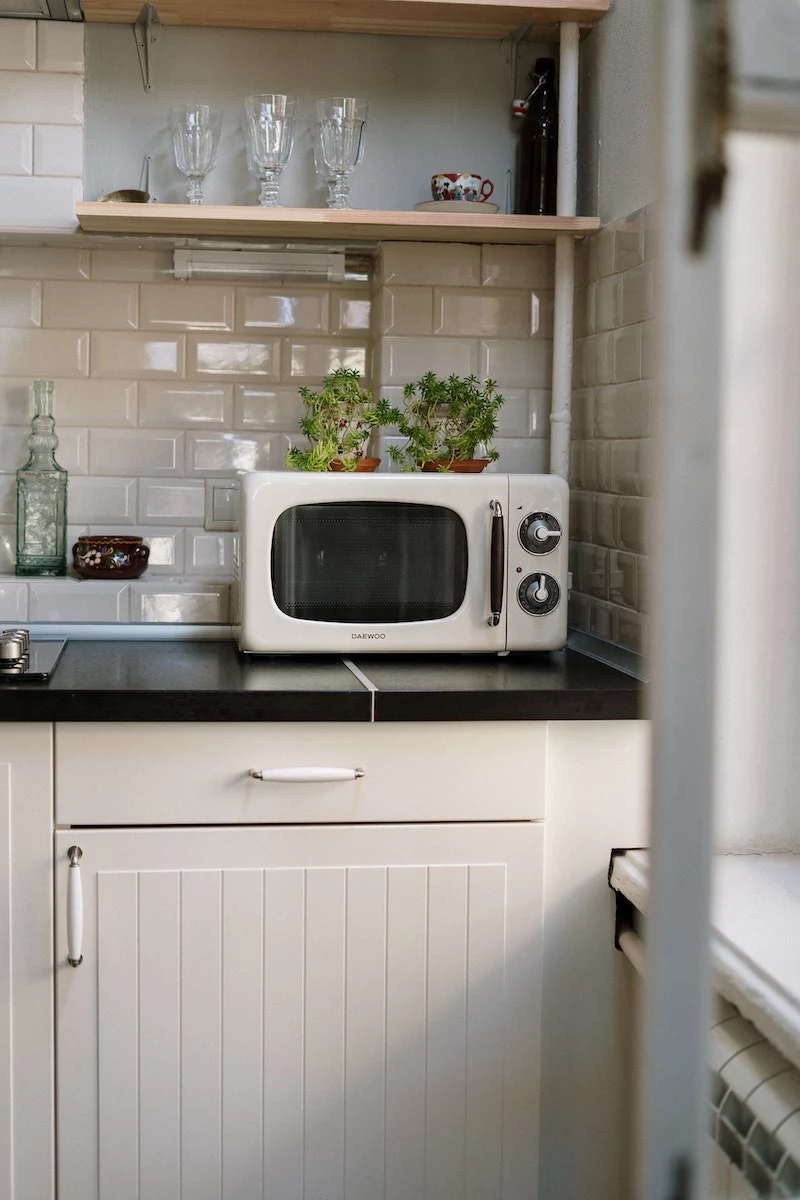
First Off, How Do Microwaves Even Work?
Let’s bust a huge myth right now: microwaves do not cook food from the inside out. It’s a common misconception. What they actually do is bombard the food with tiny energy waves. These waves get the water molecules inside the food super excited, causing them to vibrate like crazy. That vibration creates friction, and the friction creates heat.
Here’s the problem. Those waves only penetrate about an inch or so into the food. The heat starts on that outer layer and then has to slowly work its way to the center. This is why you get those infamous hot and cold spots. The edges might be scorching lava, while the middle is still ice cold. And those cold spots are where the trouble begins.
Chicken: The Biggest Offender
In any professional kitchen, poultry is handled with extreme care for one main reason: bacteria. Raw chicken can carry some nasty stuff like Salmonella. While proper cooking to 165°F kills it, if any survive, they can multiply as the chicken cools down.
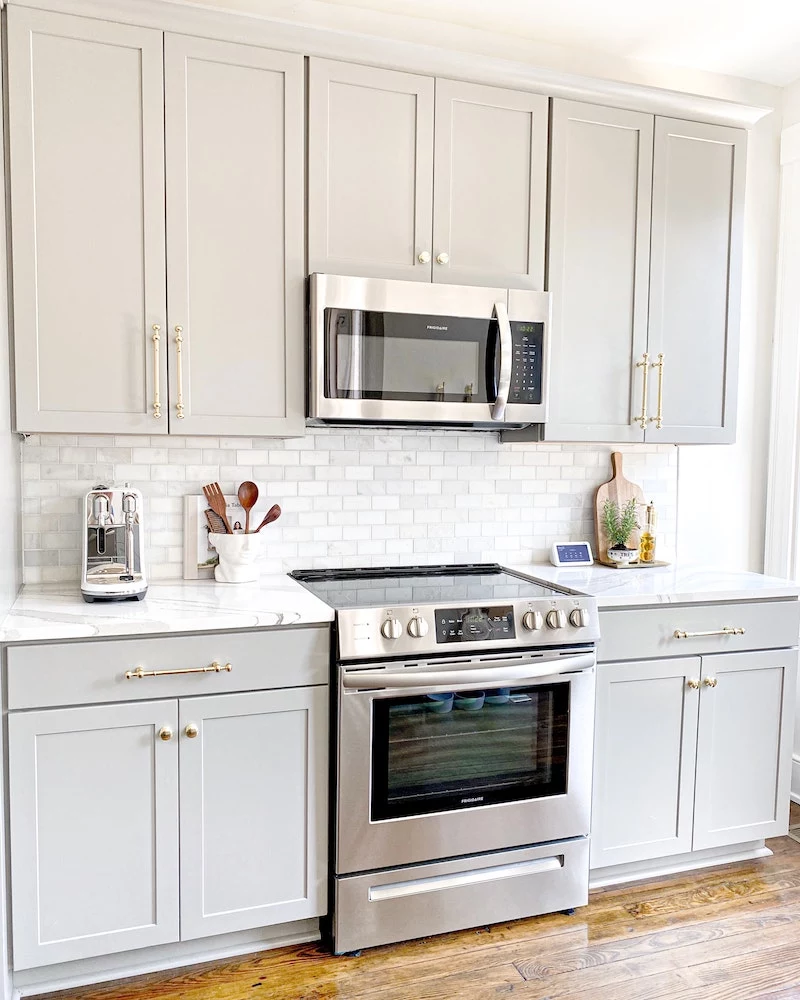
The Danger of Cold Spots
When you microwave a thick piece of chicken, those cold spots I mentioned can stay in the “Temperature Danger Zone” – a cozy range between 40°F and 140°F (4°C to 60°C) where bacteria have a party. You’re not just failing to kill the bacteria; you’re basically rolling out the red carpet for them.
I once helped a small café figure out why customers were getting sick after eating their chicken sandwiches. They were microwaving thick, cold chicken breasts straight from the fridge. A quick check with a thermometer showed the edges were hot, but the center was barely lukewarm. As soon as we switched up their process, the problem vanished.
How to Actually Reheat Chicken (The Right Way)
If you absolutely must use the microwave, you have to be strategic. First, never try to reheat a whole piece. Cut it into smaller, uniform chunks to give the heat a better chance of getting everywhere. Drape a damp paper towel over the plate; the steam helps distribute the heat more evenly. Heat in short bursts of 60 seconds, stirring between each one. And use that thermometer in multiple spots!
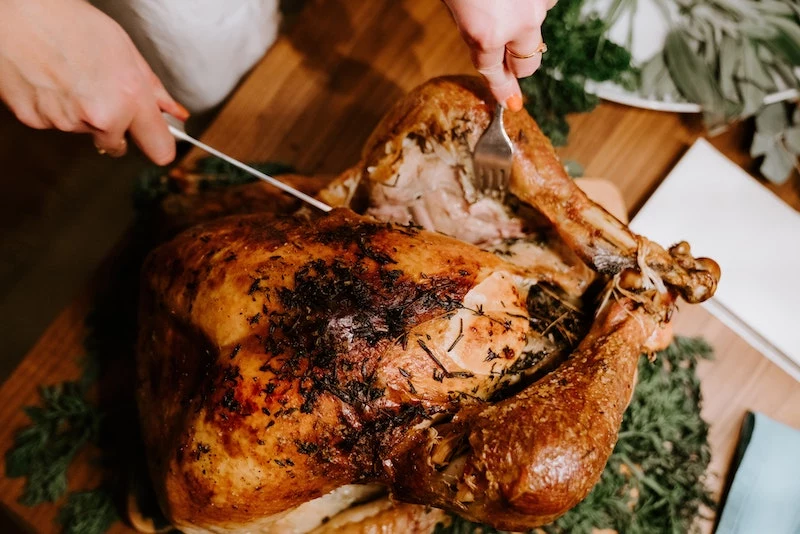
But honestly, there are much better ways:
- The Skillet Method (Best for Texture): This is my go-to. Put a teaspoon of oil or butter in a skillet over medium heat. Add the chicken and let it warm up for a few minutes. Then, add a splash of water or broth and pop a lid on for another minute or two. The steam keeps it moist, and you get a much better texture than the rubbery mess a microwave creates.
- The Oven Method (Great for larger amounts): Preheat your oven to around 350°F (175°C). Place the chicken in an oven-safe dish, add a little broth, and cover it loosely with foil. It’ll take about 15-20 minutes, but it will be evenly heated and juicy.
- The Air Fryer Method (Perfect for Crispy Chicken): Got leftover fried or breaded chicken? The air fryer is your hero. A few minutes at around 375°F (190°C) will bring back that glorious crunch. Just keep an eye on it, as it can dry out skinless pieces if you’re not careful.

Rice and Grains: It’s All About the Storage
This one surprises a lot of people. The risk with leftover rice has almost nothing to do with reheating it and everything to do with how you handled it after you cooked it the first time.
Here’s the deal: uncooked rice can contain spores of a bacteria called Bacillus cereus. These spores are tough little survivors and can make it through the initial cooking process. If that cooked rice is then left sitting at room temperature, the spores can wake up, multiply, and produce toxins. And here’s the kicker: microwaving might kill the new bacteria, but it will NOT destroy the heat-stable toxins they’ve already created. That’s what makes you sick.
The solution? Cool your rice down fast. Spread it in a thin layer on a baking sheet to let the heat escape quickly. Once it stops steaming, get it into a sealed container and into the fridge. I personally try to use it within a day or two, tops.
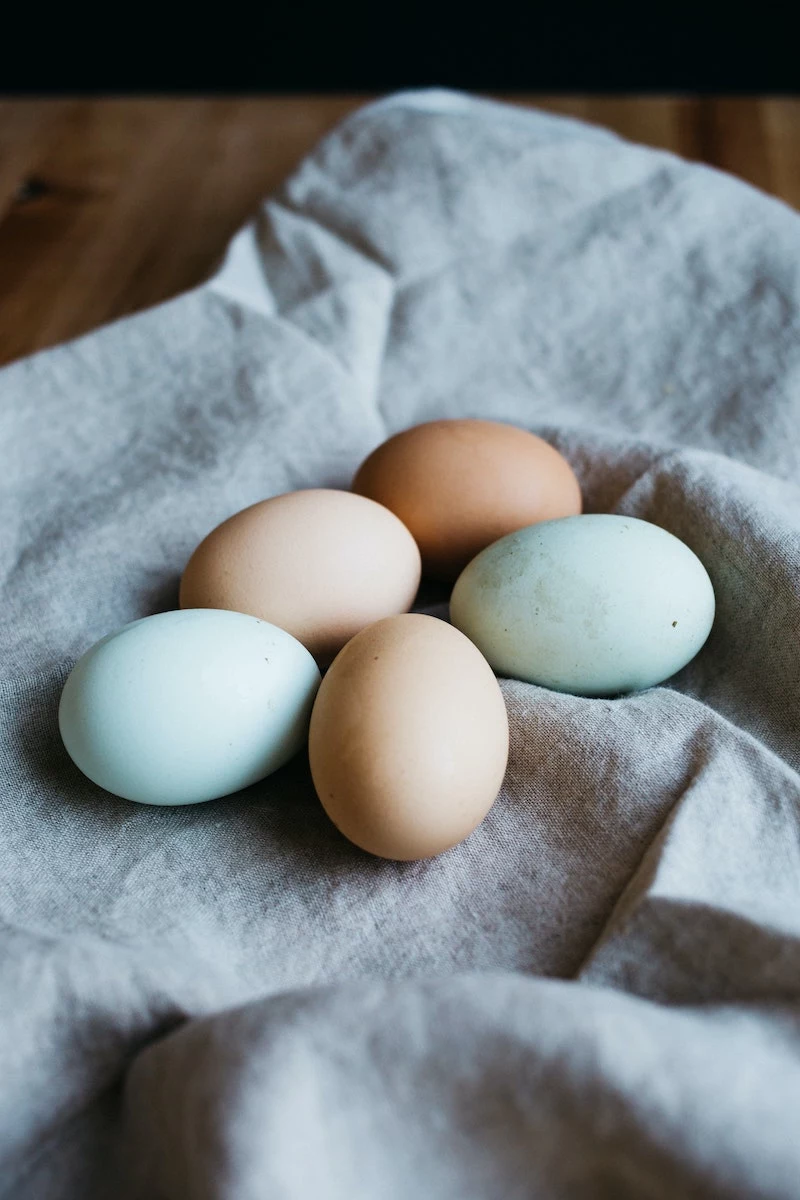
Freezing & Defrosting: Don’t Skip This Step!
A quick word on frozen leftovers, because a lot of us rely on the freezer. How you defrost is just as important as how you reheat. The absolute worst thing you can do is leave a frozen block of food on the counter all day. As the outside thaws, it enters that ‘danger zone’ and becomes a playground for bacteria while the inside is still frozen solid.
Here are the safe ways to do it:
- In the Fridge: This is the best and safest method. It takes a while, often overnight, but it keeps the food at a safe, cold temperature the entire time.
- In Cold Water: Need it faster? Put the food in a leak-proof bag and submerge it in a bowl of cold tap water. The key is to change the water every 30 minutes so it stays cold.
- In the Microwave: The ‘defrost’ setting is fine, but only if you plan on reheating and eating the food immediately after it’s thawed.
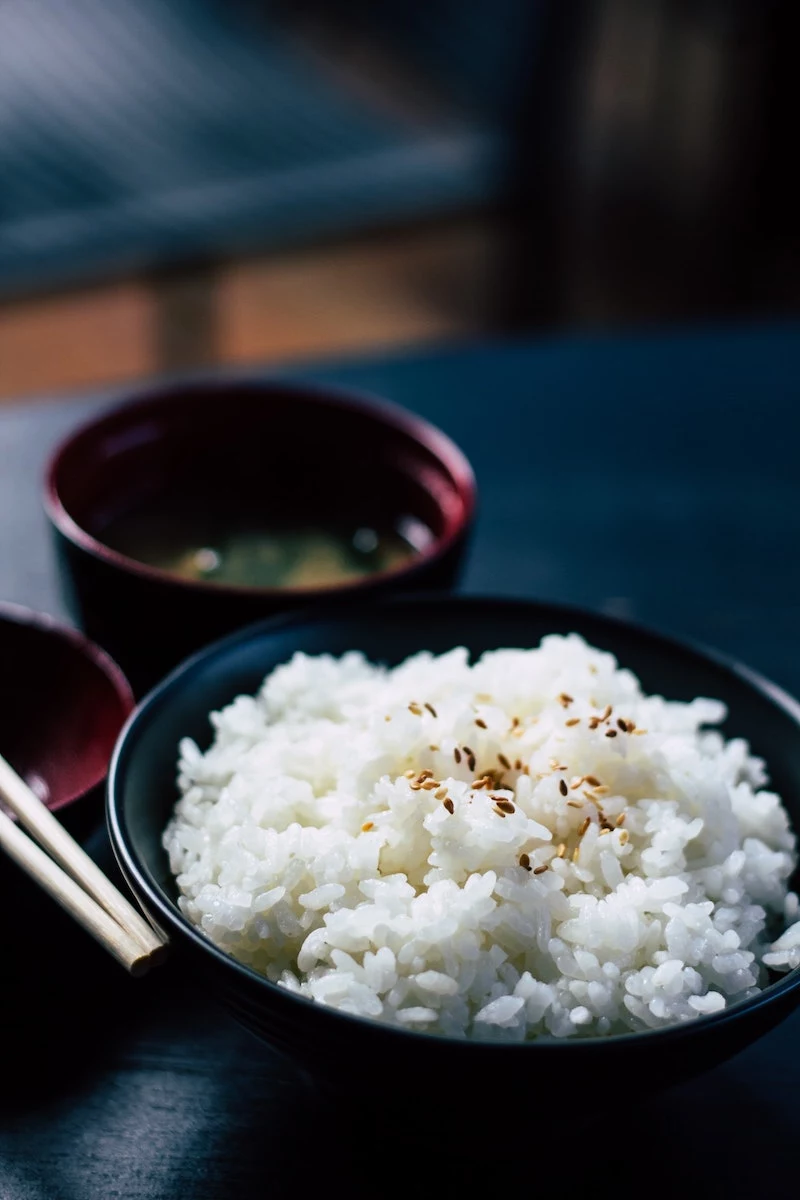
A Few More Foods to Be Wary Of…
Hard-Boiled Eggs: A Tiny Steam Bomb
I will never forget watching a rookie cook try to warm up a peeled, hard-boiled egg in the staff microwave. When he poked it with his fork, it exploded. Literally. Scalding hot egg everywhere. An egg’s yolk and white contain trapped moisture that turns into superheated steam under pressure. Puncturing it releases that pressure all at once. If you need to warm one, just place it in a bowl and pour some boiling water over it for five minutes. Easy and explosion-free.
Potatoes & Leafy Greens (A Chemical Concern)
This one is more about long-term health than immediate sickness. Veggies like spinach, carrots, and beets are rich in nitrates. When cooked, cooled, and reheated at high temperatures, those nitrates can sometimes convert into less desirable compounds called nitrosamines. The risk is considered small, but it’s why many pros suggest eating these leftovers cold (roasted beets are amazing in a salad!) or warming them gently on the stovetop instead of blasting them.
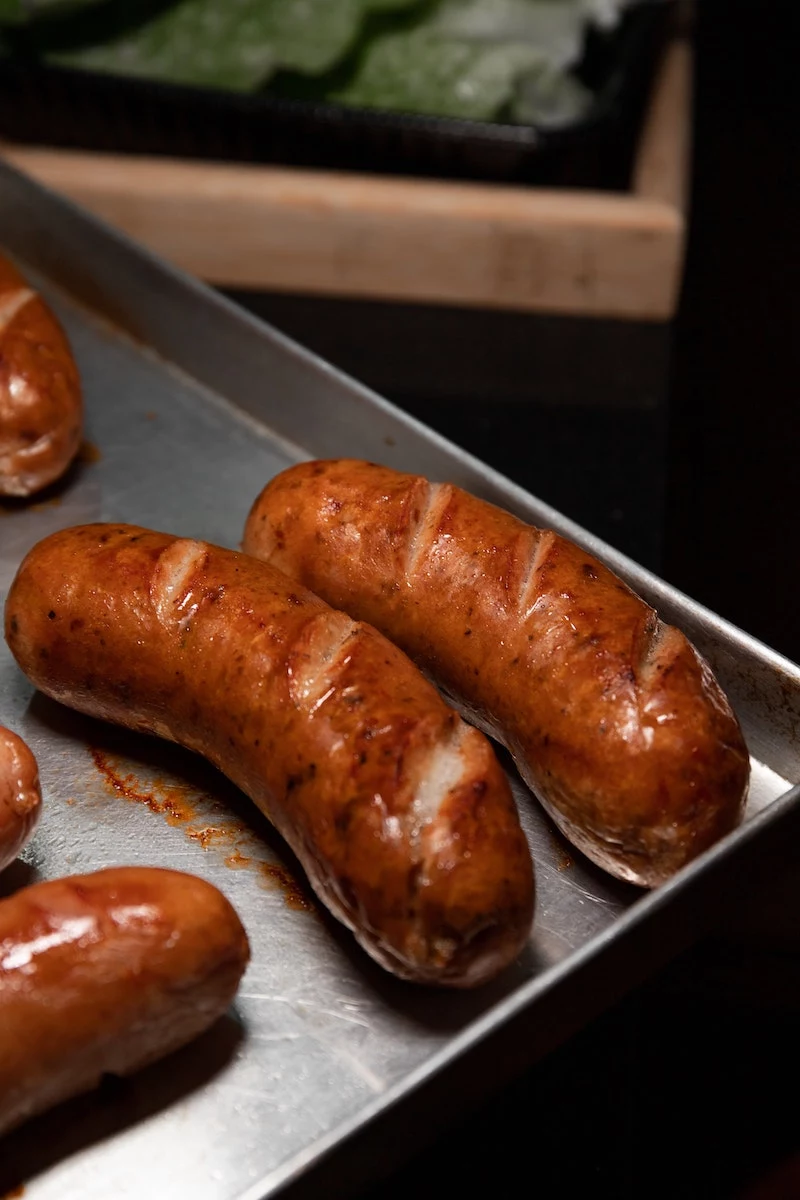
Oh, and speaking of potatoes, never leave a baked potato wrapped in foil to cool on the counter. The low-oxygen environment is perfect for the growth of botulism spores. Unwrap it as soon as it’s cool enough to handle and get it in the fridge. To reheat, just pop it unwrapped into a hot oven or air fryer until it’s crispy again.
Mushrooms (It’s a Texture Thing)
The proteins in mushrooms break down really fast after they’re cooked. Reheating them, especially in a microwave, turns them into a slimy, rubbery, and frankly, unappetizing mess. They can also cause some digestive upset for people. Your best bet? Just use leftover cooked mushrooms cold in a salad or a dip.
Spicy Peppers (Aerosolized Pain)
This is a public service announcement. The compound that makes peppers hot, capsaicin, can turn into a vapor in the microwave. When you open that door, you’re releasing a cloud of what is essentially pepper spray into your kitchen. I’ve seen it send an entire kitchen staff into a coughing, eye-watering fit. If you’re reheating a spicy curry, cover it tightly. And let the steam settle before you stick your face in there.
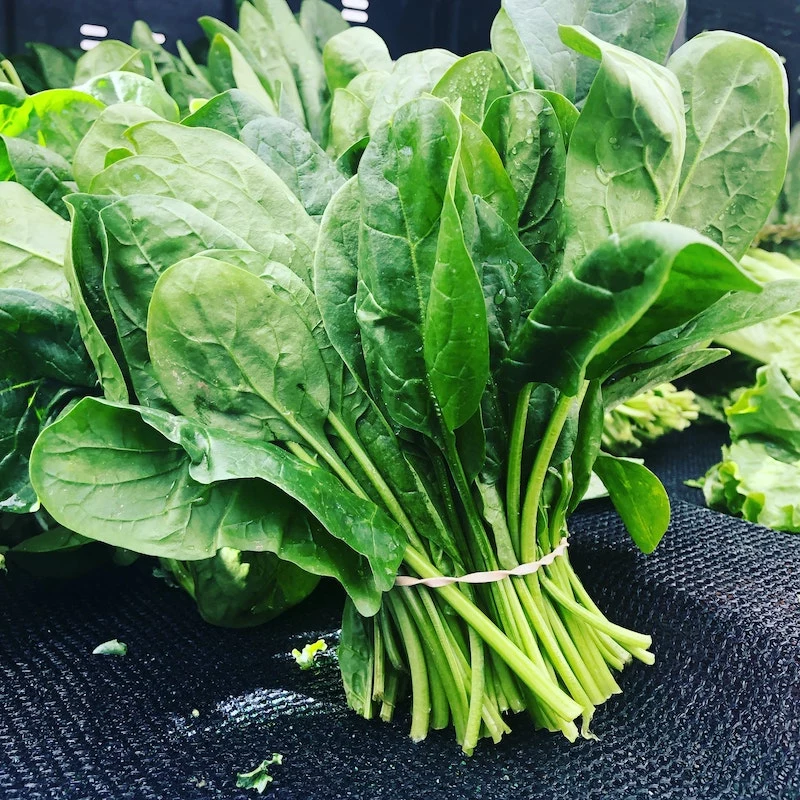
Your Final Takeaway
So, after all that, should you even own a microwave? Of course! It’s a fantastic tool for the right job. It’s perfect for reheating things that have a lot of liquid, which helps the heat distribute evenly.
Things that are great to microwave:
- Soups and stews
- Chili
- Casseroles and pasta bakes
- Steamed veggies
For most other things, though, taking a few extra minutes to use a skillet, oven, or air fryer will give you a result that’s not only safer but a million times more delicious. Your taste buds will thank you.
And remember that golden rule: when in doubt, just throw it out. Your health is always worth more than a plate of leftovers.
Inspirational Gallery
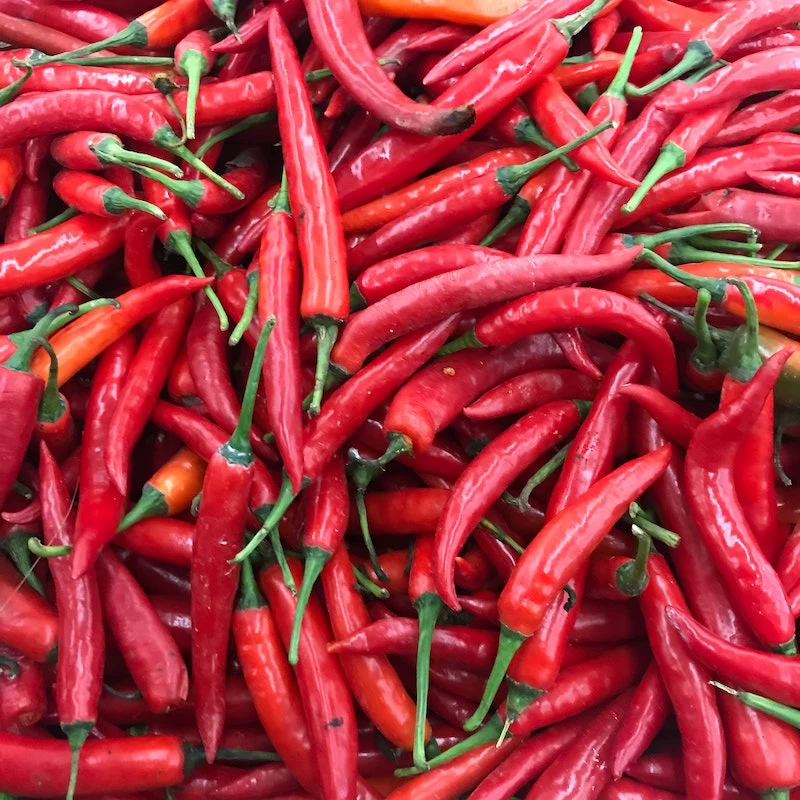
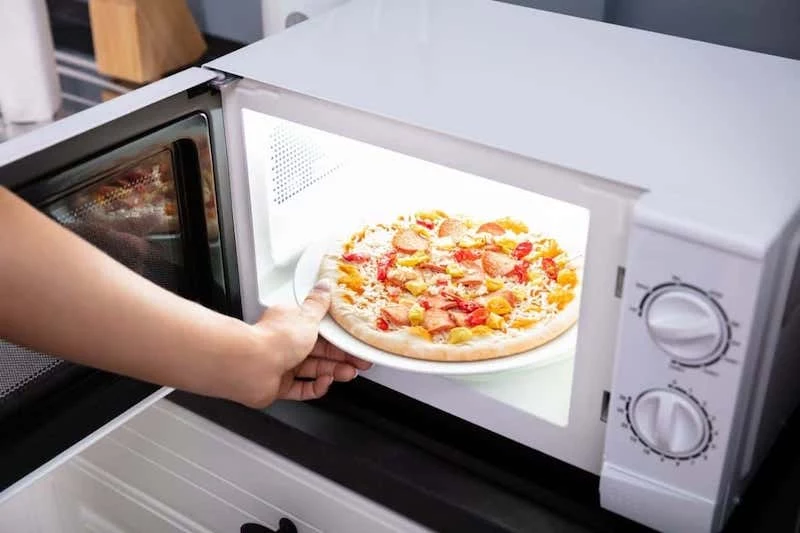
Glass Containers (like Pyrex): The pro’s choice for a reason. Glass won’t absorb stubborn stains from tomato sauce or turmeric, nor will it hold onto the ghost of last week’s curry. It heats incredibly evenly in both the microwave and oven, ensuring no sad, cold centers. The main drawback is its weight and fragility.
Plastic Containers (like OXO Good Grips): Great for their light weight and stackability. However, they can warp with high heat, and oily or colorful foods can cause permanent staining and odor absorption. Always check if they are explicitly marked as microwave-safe and BPA-free before zapping.
For superior taste and reheating, glass is the clear winner; for portability and storage, quality plastic has its place.
Reheating pizza in a microwave often results in a soggy crust because the appliance’s radio waves primarily excite water molecules, effectively steaming the bread.
Want that crispy crust back? Place a paper towel under the slice to absorb some of that steam. For a true revival, heat it for a few minutes in a dry, non-stick skillet on the stovetop. It mimics the oven’s heat, crisping the bottom while melting the cheese perfectly. It takes two extra minutes but makes all the difference.










